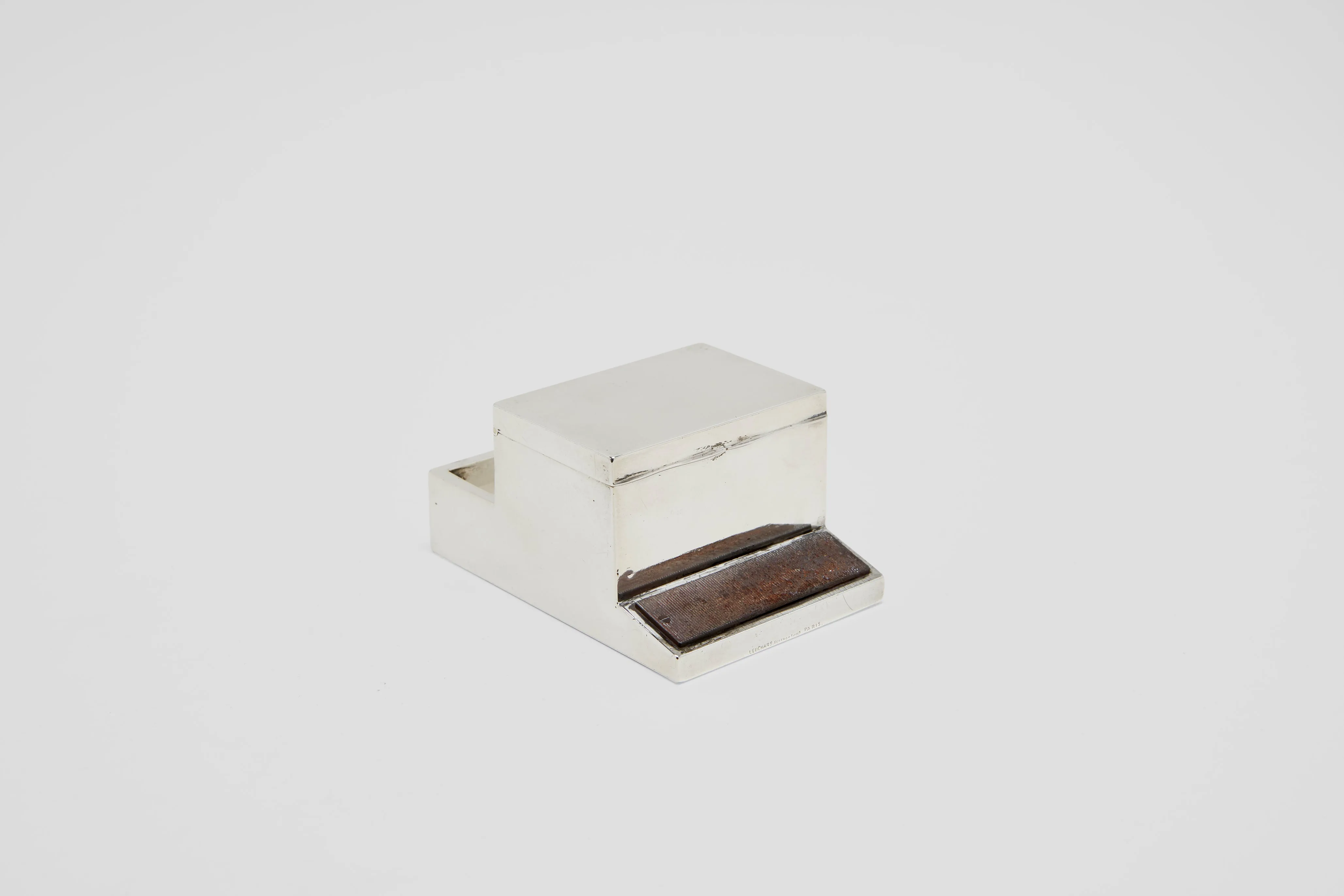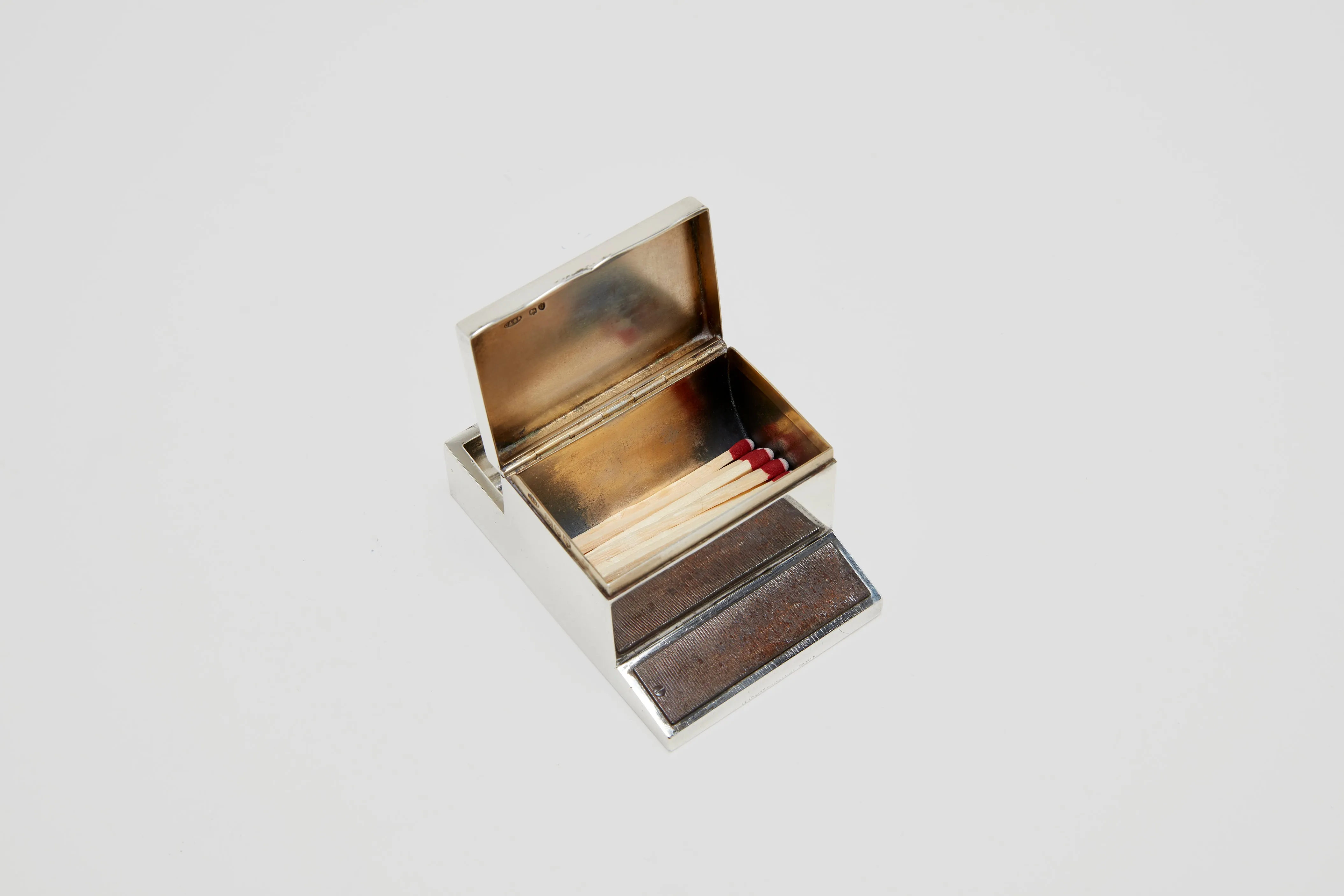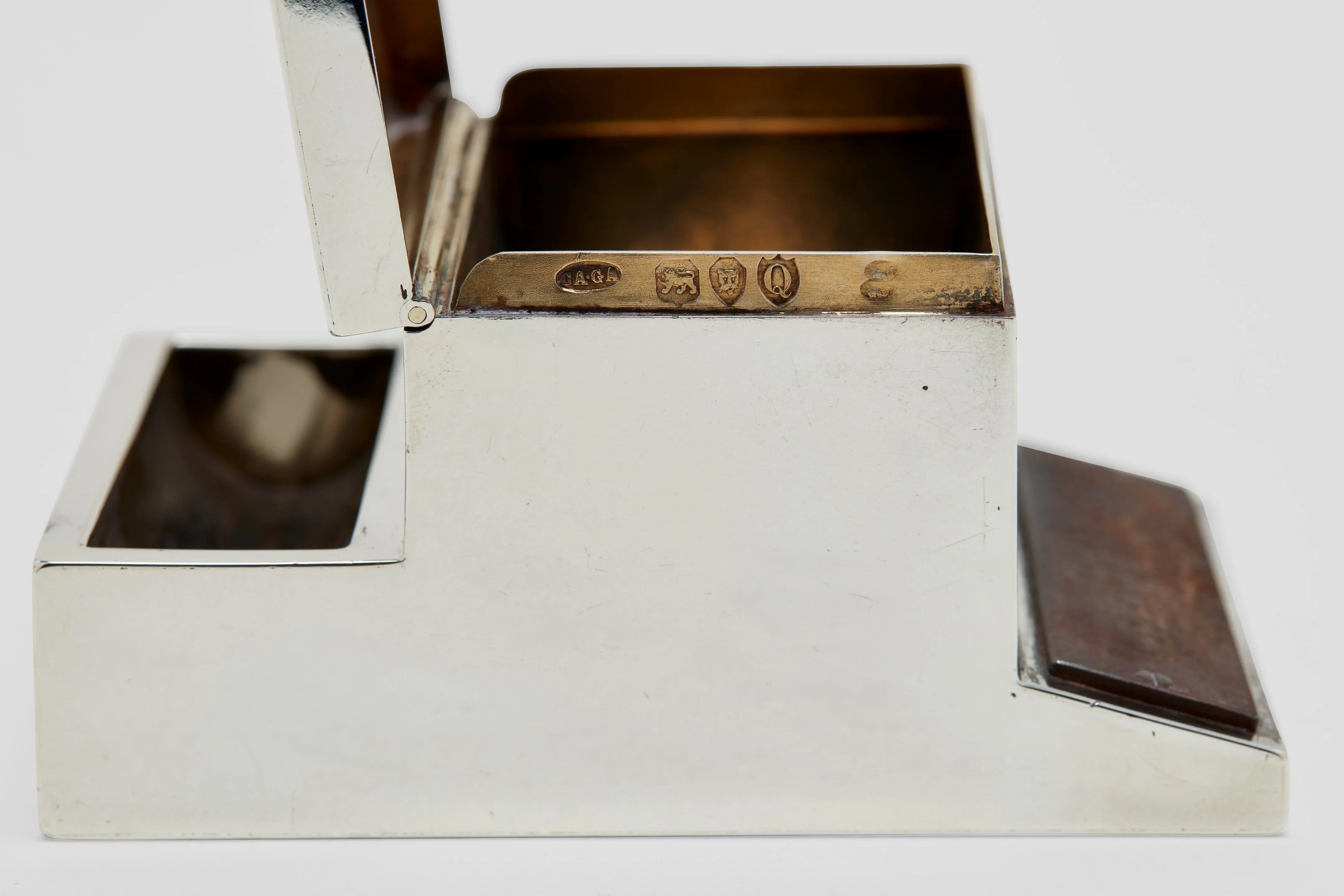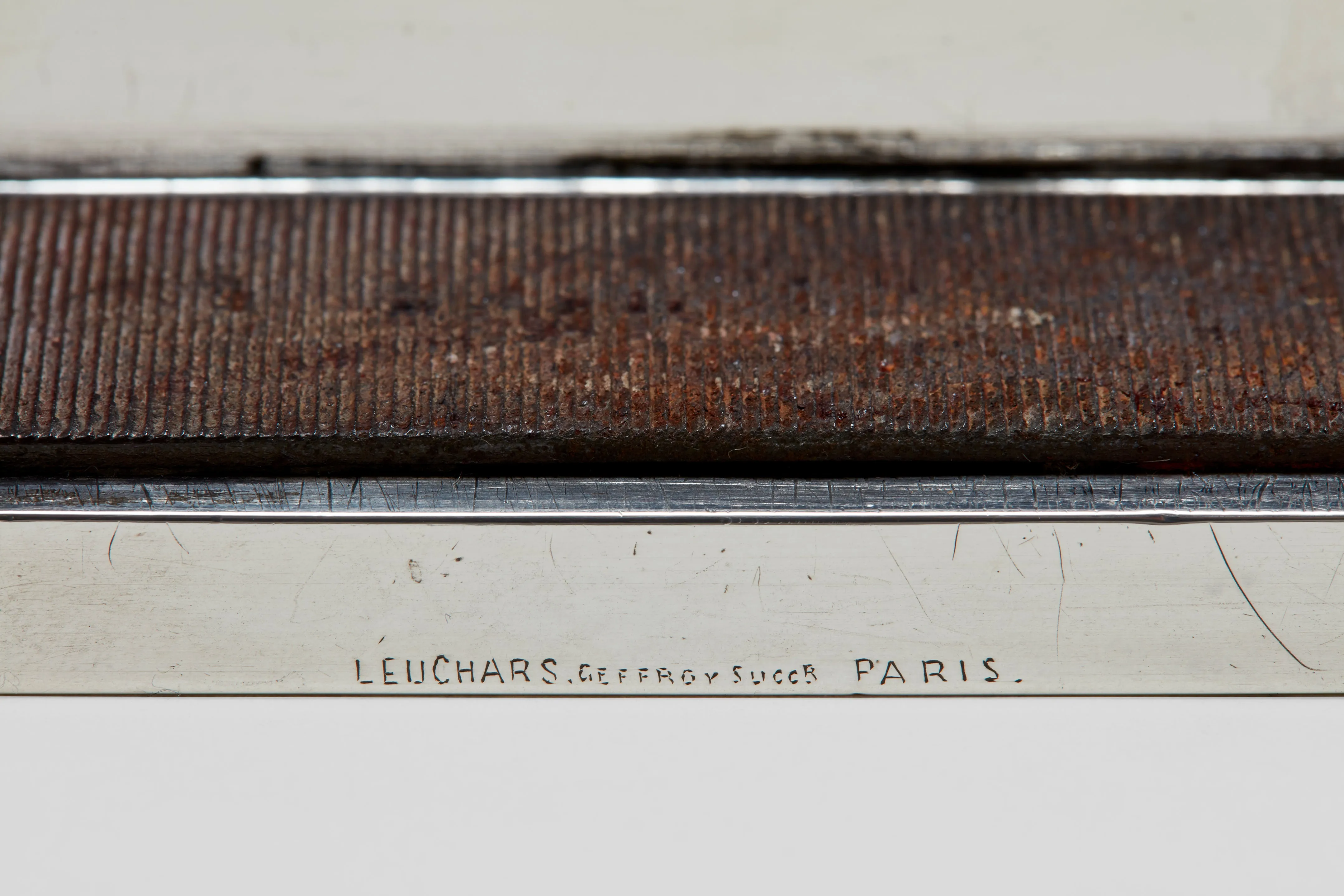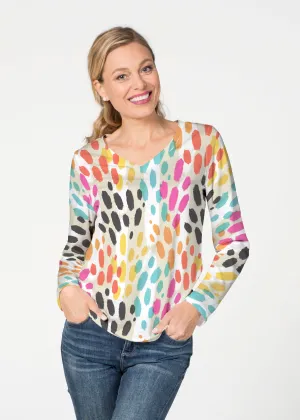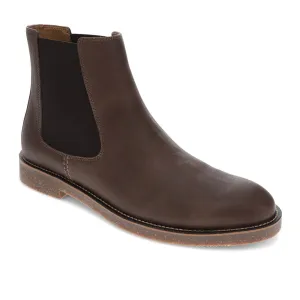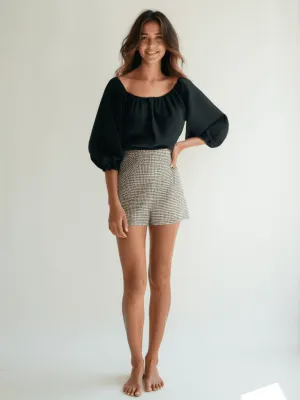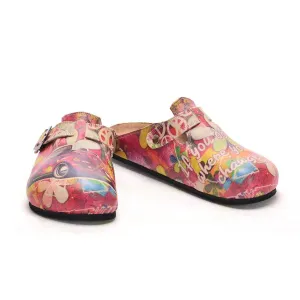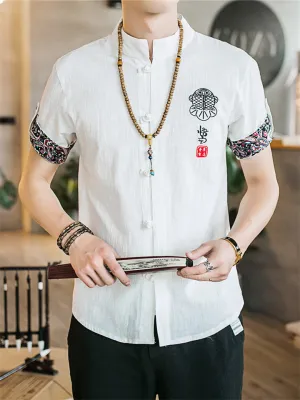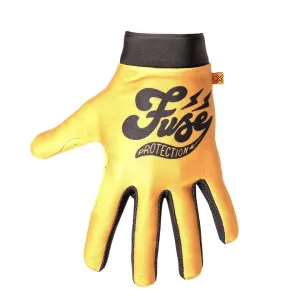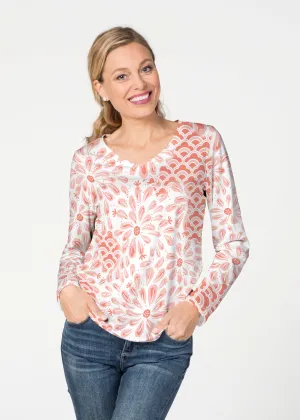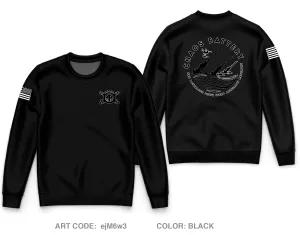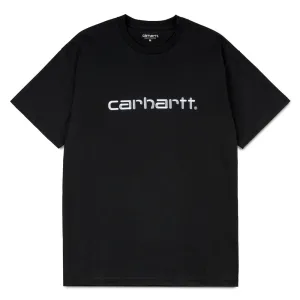A gilt washed interior, sterling silver table match box, with striking plate, and tray for extinguished, used matches. This charming and elegantly designed piece is the perfect accessory for the homes in which fires or candles are lit. The central compartment will easily hold a full box of matches, then there is a small trench like addendum to the back of the box for the used match. There is then a striking plate mounted to the front of the box for lighting the non-safety matches from.
The charming little box has a retail signature hand engraved at the from of it for Leuchars, Paris store. Leuchars was established at 47 Piccadilly, London in 1794 by James Leuchars. In 1820, the business moved to 38 Piccadilly shortly before James Leuchars died in 1823.
Lucy Leuchars, James’ widow, continued the business under the name of L. Leuchars. In 1837, the same year as Queen Victoria came to the throne, the firm was awarded the Royal Warrant for their supply of dressing cases to the royal family.
Expanding to 39 Piccadilly in 1841, the name had now changed to Lucy Leuchars & Son; the ‘Son’ referring to William Leuchars. After Lucy’s death in 1847, William gained sole responsibility for the business. Leuchars exhibited and won prize medals for his dressing cases at the Great Exhibition of 1851 and the International Exhibition of 1862, winning a further silver medal at the International Exposition of 1867 in Paris.
In 1870, under the name of Leuchars & Son, William Leuchars along with his son, also called William, opened a further shop at 2 Rue de la Paix in Paris. When William Sr died in 1871, William Jr took control of the business, later winning a gold medal for their dressing cases at the International Exposition of 1878 in Paris.
In 1884, Leuchars moved their existing manufactory from 31 Gerrard Street, Soho, London to 8 Sherwood Street, Golden Square, London.
William Jr finally agreed to sell the business, along with their Sherwood Street manufactory, to Asprey in 1888. Leuchars continued to trade from their 38 & 39 Piccadilly address until 1902.
Which is where this neat little story entwines. The box was itself made by Asprey, and bears their makers marks along side the full English asset marks. This company had a rich history together, and a number of fine sterling pieces were made by the Asprey workshop for retailing within the Leuchars outlets both in Paris, like this one, and in London.
The Asprey company was originally founded as a silk printing business by William Asprey in 1781. Based from a shop in Mitcham, Surrey, William and his son Charles (I) soon started to retail luxury goods.
In 1841, Charles (I) formed a business partnership with his son-in-law, Francis Kennedy, a stationer based at 49 Bond Street, London. This partnership was to last until 1846, with Francis continuing on the business himself. By the end of 1847, Charles Asprey (I) and his son Charles (II) moved their business to 166 Bond Street, London.
Asprey entered one of their dressing cases into the Great Exhibition of 1851, receiving an ‘Honourable Mention’ for their quality of workmanship. This prestigious event earned Asprey great admiration and recognition, concreting the Asprey name to be synonymous with the utmost luxury and exclusivity.
Purchasing the Alfred Club at 22 Albermarle Street in 1861, Asprey expanded their premises and now had entrances to their shop on two of the most exclusive streets in London.
Asprey were awarded the gold medal for expertise for their collection of dressing cases presented at the International Exhibition of 1862. Queen Victoria was so impressed by the work of Asprey, that in the same year she awarded them with the Royal Warrant for their dressing cases, travelling bags and writing cases.
In 1872, the business name officially changed to Charles Asprey & Son, and later in 1879, to Charles Asprey & Sons, with the inclusion of Charles (II)’s sons, Charles (III) and George Edward Asprey.
In 1889, the business was renamed C & G.E Asprey, despite Charles (II) not retiring until 1891. The last name change of the nineteenth century was in 1900, where the business became known as Asprey & Co. In 1906, Asprey bought out their business competitors, and neighbours, Houghton& Gunn.
Made in London, England by Charles & George Asprey in 1891 it contains the full "C A & G A" makers mark, and was made in the last year that Charles (II) was working, and also it is made just two years after the acquisition of Leuchars by the Asprey family. A stunning and rare piece in superb condition that is a part of the rich and illustrious story of two of England's finest retailer's of the period.

